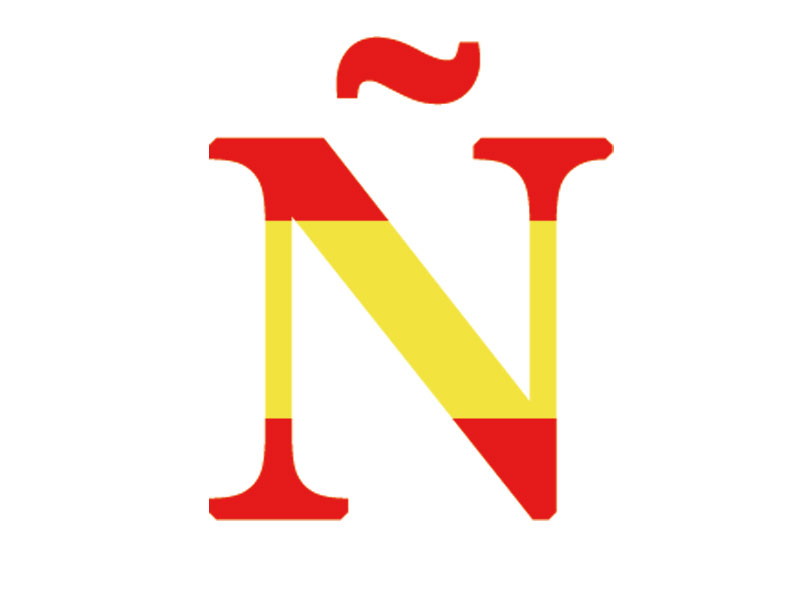 Ñ is the 15th letter in the Spanish alphabet and is used in more than 15,700 words. There’s no "Español" without ñ but even worse there would be no "cañas" either. The letter ñ was first included in the dictionary of RAE in 1803. But its origins stretch to the Middle Ages. The letter first appears in a text dating back to 1176.
Ñ is the 15th letter in the Spanish alphabet and is used in more than 15,700 words. There’s no "Español" without ñ but even worse there would be no "cañas" either. The letter ñ was first included in the dictionary of RAE in 1803. But its origins stretch to the Middle Ages. The letter first appears in a text dating back to 1176.
Neither the sound or the letter ñ existed in Latin, but as the Latin language evolved and romantic languages such as Spanish, French and Italian began to appear, so too did the palatal nasal sound, which is articulated with the back of the tongue raised to the hard palate - the movement required to pronounce the ñ.
In the Middle Ages, monks were the scholars and the monasteries were the centres of knowledge. The letter ñ is thought to have originated at this moment in time due to the shortage of scrolls, which were very costly, and all efforts were made to maximise the efficiency of space on each scroll. As a result, it is believed that the monks were forced to abbreviate some double letters in order to fit more words in each line. According to this theory, the second repeated letter was represented as a tilde over the first. In other words, what we know as the ñ is in fact a double n, so instead of donna, we have doña.
However, there is another theory about the origin of this letter. According to this theory, the letter ñ emerged as a way to represent the new palatal nasal sounds that appeared in the ninth century. These words meant more work for the monks and so different adaptations began to emerge depending on the language. The letter ñ was used in Spanish and Gallego (España); the nh combination in Portuguese (Espanha); gn in French and Italian (Espagna); and ny in Catalan (Espanya).
These different forms continued to be used interchangeably until the 13th century when King Alfonso X of Castile and León ordered a spelling reform as part of his policy of linguistic unification. The monarch introduced the letter ñ as the preferred option to the previous combinations and in doing so set the first rules of the Spanish language. When the use of ñ became widespread across the Iberian peninsula, humanist Antonio de Nebrija included the letter in the first Spanish grammar book in 1492.
But it was not too long ago that the letter ñ was in danger of disappearing, at least from the written language. In the 1990s, the European Economic Community (EEC) proposed eliminating the ñ to make computer keyboards more uniform. It was not until October 2, 2007, that the ñ, as well as other tildes, could appear in email addresses and web domains.
The controversy ended on April 23, 1993, when the Spanish government approved a royal decree that maintained the mandatory inclusion of the letter ñ on keyboards.
But it is important to note that neither the letter ñ nor the sound is exclusively Spanish. In the Iberian peninsula, it is used in Gallego and Asturian, and also to a limited degree in the Basque language Euskera. In Latin America, many indigenous languages also include the letter, such as Mapuche in Chile and Argentina, Zapotec in Mexico and Quechua in Ecuador.